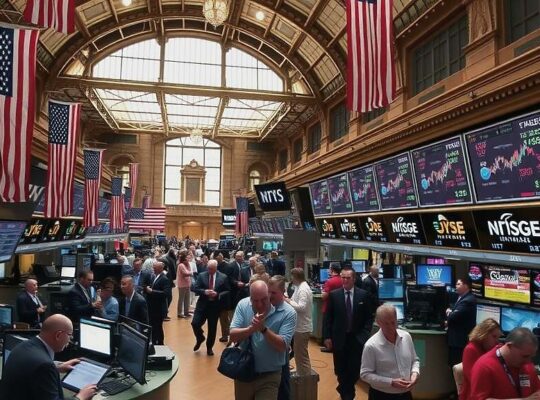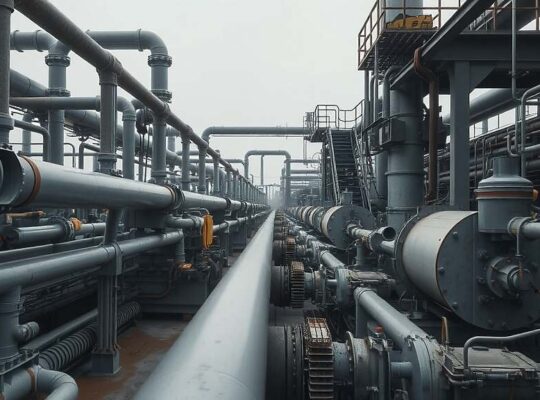The German DAX index experienced a strong start to the trading week, closing at 24,132 points – a 0.7% increase from the previous day. This rally, propelled by renewed investor confidence, raises questions about the sustainability of the current upward momentum and potential risks within the AI-driven investment landscape.
Christine Romar, Head of Europe at CMC Markets, highlighted the significance of the 24,000-point level, suggesting sufficient buying pressure facilitated the index’s ascent. However, she cautioned that the crucial test lies in whether this support can translate into a successful challenge of the all-time high of 24,771 points. The seasonal strength anticipated in the coming months provides a foundational base, but the path to record highs remains uncertain.
Positive sentiment was further fueled by a multi-billion dollar collaboration in the artificial intelligence sector, with Amazon’s AWS joining a consortium including Oracle, Nvidia and Microsoft as a partner to ChatGPT’s developer. The agreement, involving substantial computational power valued at $38 billion, underscores the intense competition and investment flowing into AI development.
However, this surge in valuations is drawing critical scrutiny. Romar expressed concern that the escalating enthusiasm across the AI sector – evident in the spiraling corporate stock prices – may be artificially inflated. She questioned whether the perceived value is genuinely supported by tangible, near-term monetization strategies, raising the prospect of a significant correction if the hype doesn’t deliver. The planned initial public offering (IPO) of OpenAI, or even the announcements leading up to it, could serve as a critical litmus test for the entire industry.
Adding further complexity, the considerable cash reserves held by Warren Buffett’s Berkshire Hathaway – currently exceeding $382 billion – suggest a cautious approach to investing in this very sector. While the new leadership could conceivably fund numerous initiatives if compelling opportunities arose, the sheer scale of the holding’s available capital, coupled with a demonstrable lack of investment, raises questions about the decision-makers’ assessment of current market valuations. Whether this reticence is a product of the impending leadership transition or a more fundamental skepticism remains to be seen and, according to Romar, the market itself will ultimately provide the answer in the coming year.












